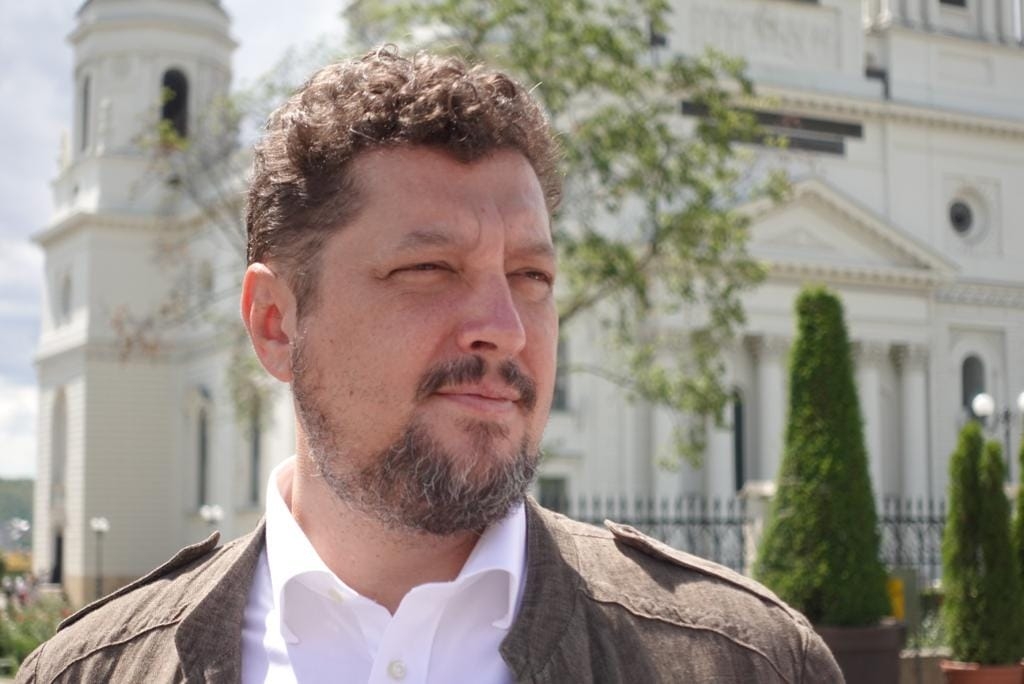2024 marks the biggest electoral year yet for Romania, with European, local, parliamentary and presidential polls scheduled to take place on the background of significant domestic and global challenges, with the potential to further destabilise and polarise society. The rise of far-right and right-wing populists, correlated with a surge of disinformation related to the COVID-19 pandemic, the full-scale invasion of Ukraine and the Israel-Hamas war, has reached an otherwise politically overlooked segment of the population – young people. Feeling unrepresented and severed from the political discourse, Romanian youth is at significant risk of radicalisation, being particularly vulnerable to extremist voices that aim to capitalise on their frustrations and disengagement, while leveraging their preferred channels of information and communication with increasing efficiency. Social media and youth susceptibility to online echo chambers and influencers provide pathway for manipulation by malicious actors whose political agenda aligns – more often than not – with the Kremlin’s (anti-EU, anti-NATO, anti-Ukraine, pro-Russia).

Ever since the beginning of the war, the far right has had to appease two constituencies. The more traditional far right had been historically opposed to Russia’s foreign policy: anti-communism and by extension opposition to Russia is the founding myth of the Romanian far-right. This goes way back to Corneliu Zelea Codreanu, leader of the interwar fascist movement The Iron Guard and Ion Antonescu, interwar prime-minister allied with Hitler. The far-right will often justify their deeds (including hate and war crimes) by the need to resist Soviet / Russian influence. Also, the vast majority of Romanians do not sympathise with Russia[1] so every effort to recruit followers from the mainstream needs to account for that.

